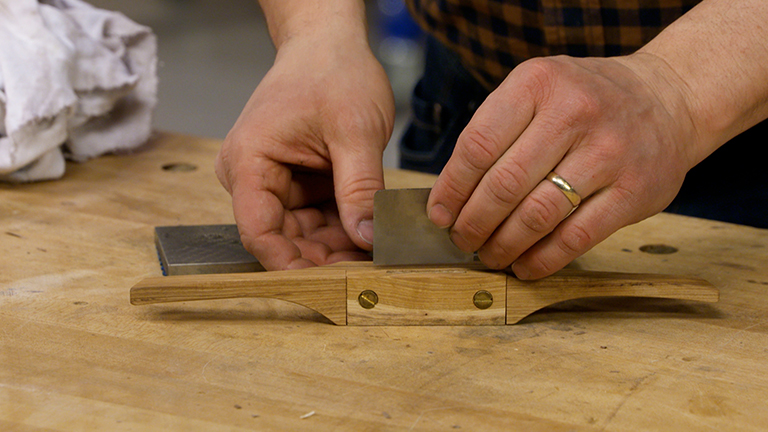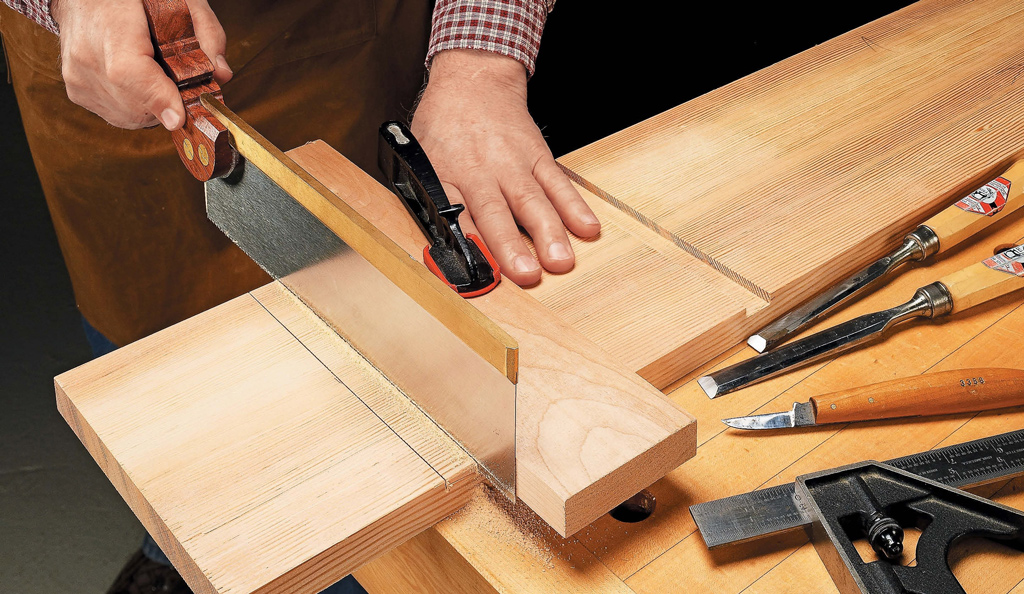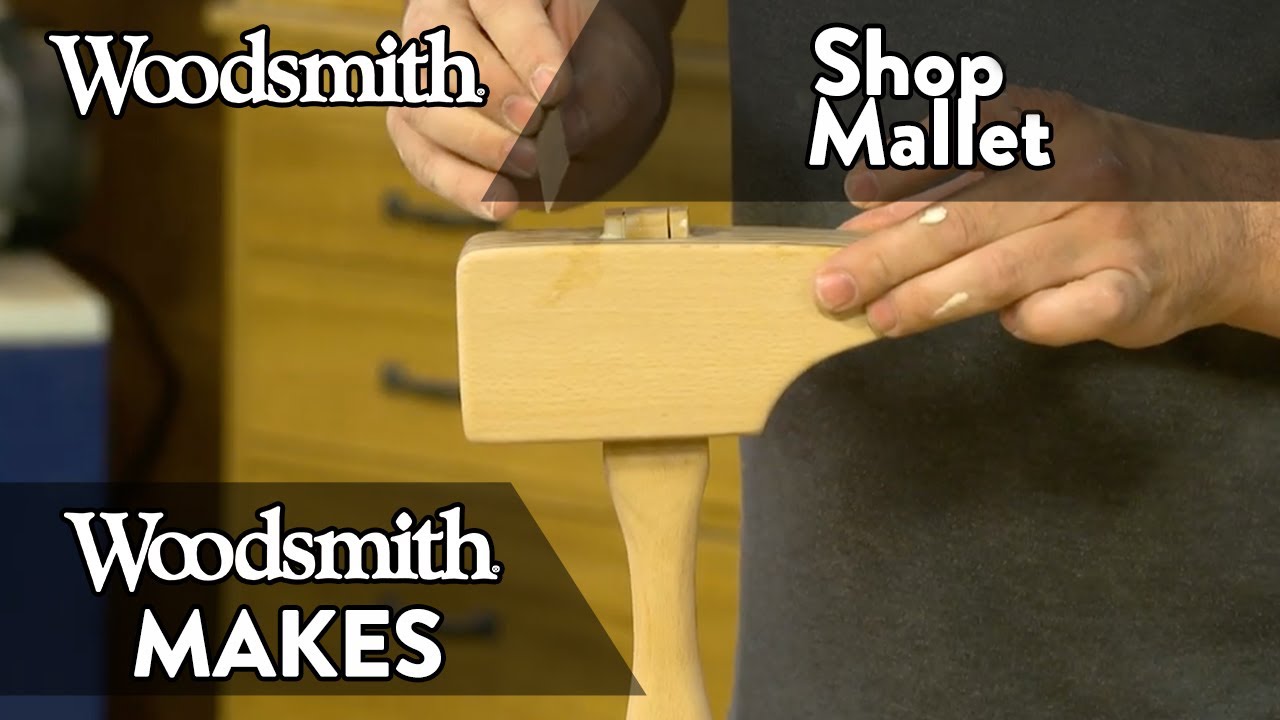
You might be tempted to just use your woodworking fi les for metalworking as well. But metal dulls fi les quicker. So to make my woodworking fi les last longer and cut smoothly, I have a separate metalworking set.
10" Flat File
If you’re like me, most of the metalworking you do is on flat surfaces. Then the first file on your list should be a long, flat file. The one I use is a bastard cut. The wide, flat faces can be used with long, sweeping strokes to quickly work down to your layout lines. Follow these with a draw file stroke to smooth edges that have been cut with a hack saw.

10" Square File
The next file on the list is a thick, sturdy file with a square cross section. This one tackles all the sharp details and corners. And since it’s meant for detailed work in metal, I want a smoother finished surface. So a second cut is a good choice. The reason I like a square file instead of the triangle (also called a three-square) is it’s a natural for creating square corners. To create a square slot, I start by drilling out most of the waste. Then I reach for the file and work up to the layout lines.

10" Round File
Most of the curves you’ll deal with in metal are either drilled holes or relatively small, tight curves. So I consider a round file a must for cutting and smoothing curves. At risk of sounding like a broken record, a second cut version is a good balance between fast cutting and getting smooth surfaces. Together the flat file, square file, and round file form the “Three Musketeers” of metalworking. They’ll handle the lion’s share of your metalworking needs.

12" Knife Edge File
The last file on the “must-have” list is a smooth knife edge. At first glance, it doesn’t look much different from a flat file. But it has a few important features. The first is the thin, tapered profile. This thin cutting edge can be used to shape fine lines and details in a workpiece. Another thing to notice is the smooth flat spine of the file. This “safe” edge lets you work right into a corner without marring the adjacent surface.












